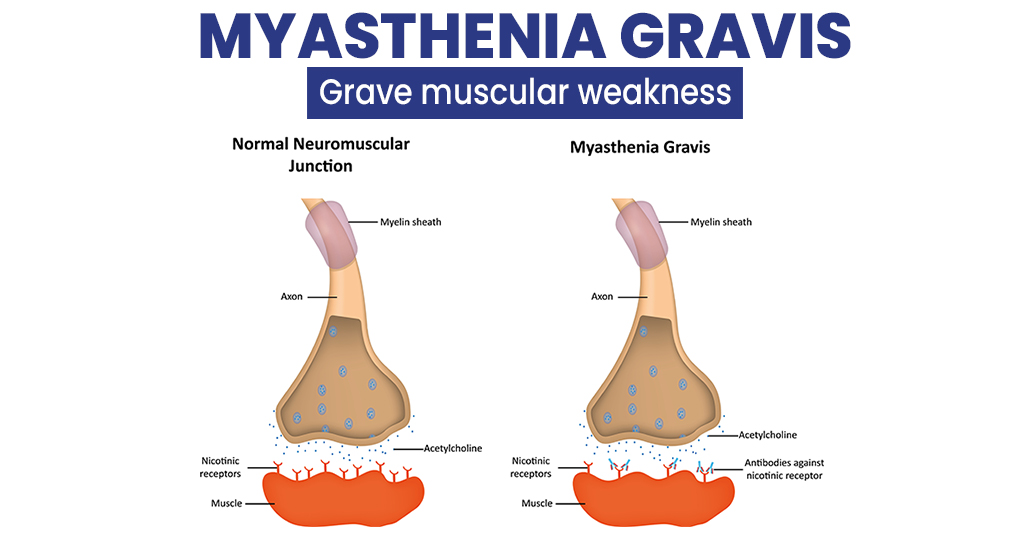There are several factors that contribute to health problems in Pakistan. Some of the main causes include:
- Poor sanitation and hygiene: In many parts of Pakistan, there is limited access to clean water and proper sanitation facilities, which can lead to the spread of diseases.
- Malnutrition: Malnutrition is a major issue in Pakistan, particularly among children. This can lead to a range of health problems, including stunted growth and weakened immune systems.

- Lack of access to healthcare: Many people in Pakistan do not have access to basic healthcare services, either because of a lack of facilities in their area or because of financial constraints.
- Infectious diseases: Pakistan is home to a number of infectious diseases, including malaria, tuberculosis, and hepatitis. These diseases can spread quickly in areas with poor sanitation and limited access to healthcare.
- Environmental pollution: Pollution from industry, transportation, and agriculture can lead to respiratory problems and other health issues.
- Lifestyle factors: Poor lifestyle choices, such as smoking and a lack of physical activity, can contribute to a range of health problems, including heart disease, diabetes, and cancer.

Overall, addressing these underlying factors will be critical in improving health outcomes in Pakistan. This will require a multifaceted approach that involves improving access to healthcare, investing in sanitation and hygiene infrastructure, promoting healthy lifestyles, and addressing environmental concerns. It also requires a concerted effort from the government, healthcare providers, and civil society to improve access to healthcare, sanitation, nutrition, and environmental quality.







